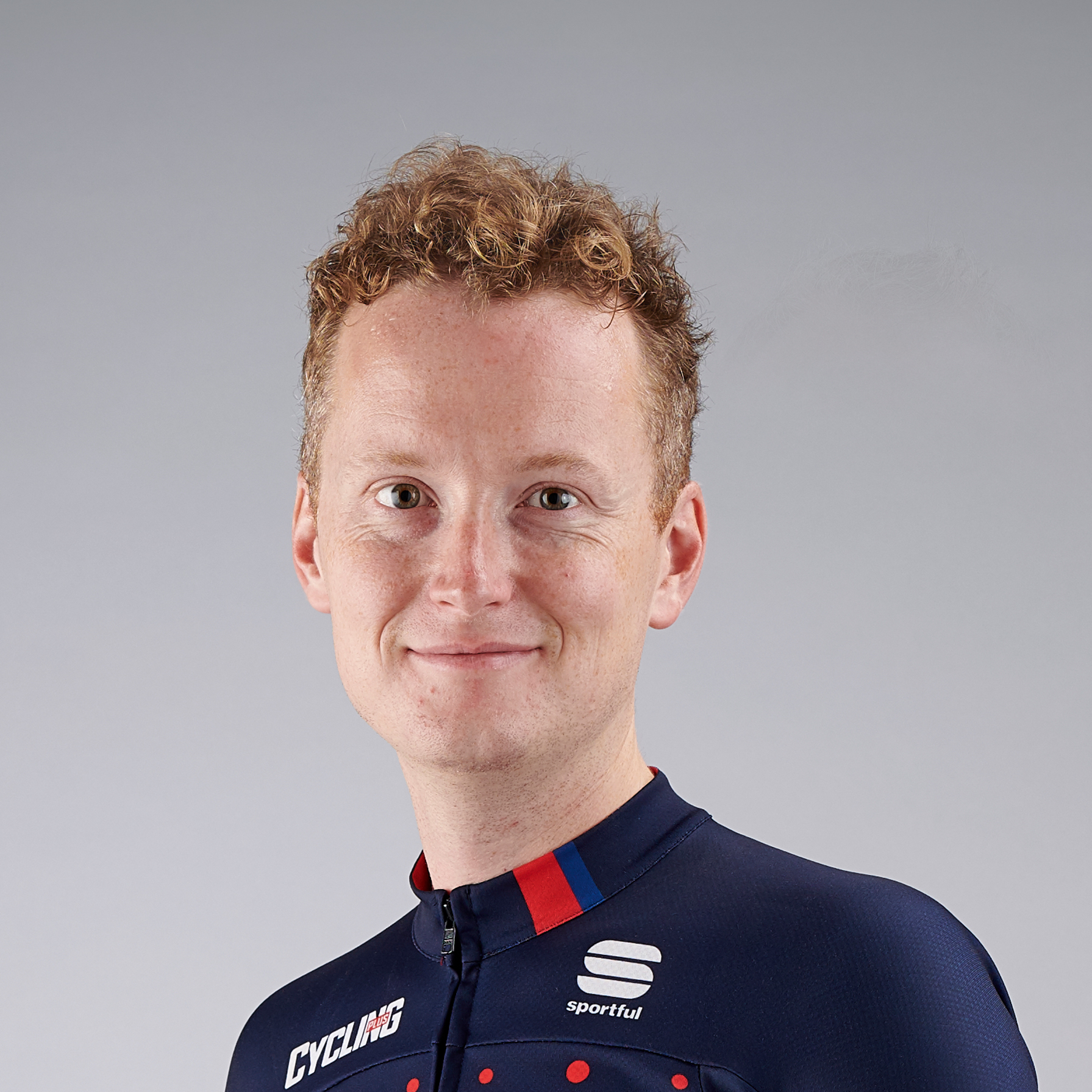Those of you yearning for the more innocent, bygone era of professional cycling may be surprised by the story at the heart of Richard Moore’s new book, Slaying the Badger.
The book chronicles events leading up to, and including, the 1986 Tour de France, a race characterised by the apparent deceit, duplicity and double-crossing between its two major players, Bernard ‘The Badger’ Hinault and Greg LeMond.
Frenchman Hinault, in his final year as a professional, was under pressure from a public and media desperate for him to overhaul the five Tour wins of Eddy Merckx and Jacques Anquetil. LeMond, a 25-year-old from the then cycling backwater of North America, was gunning for his first. Hinault had vowed to support his La Vie Claire teammate, following LeMond’s help the previous year in securing the Badger a fifth Tour crown. But would this promise, given seemingly in the heat of the moment following the 1985 race, be kept?
The answer, according to Moore, isn’t straightforward and makes for an engrossing story, even to those well familiar with the denouement of the ’86 Tour. It's no spoiler to say the Badger was eventually slain – the title itself tells you this. But as is the case throughout sport, the result is very much secondary to the journey that gets us there.
Present day interviews with both men form the book's core. Moore travels to Hinault’s farmhouse in Brittany and to LeMond’s home in rural Minnesota for their take on events 25 years later. Wildly different characters, it’s easy to see where conflict would have arisen. Hinault, single-minded and uncompromising, was just 23 and in his first Tour when he orchestrated a go-slow during a stage to Valence d’Agen. Considered la Patron, he is shown to have wielded huge influence over the peloton throughout his career. LeMond, charismatic but lacking in tactical nous, is portrayed as an outsider in what was the distinctly European world of professional cycling.
Anyone worried this may be a blow by blow account of a single race needn’t worry. The book is split into two parts; Part One, Depart, spans 165 pages and serves as a biography of both men up to the start of the ’86 Tour. Moore speaks at length to other key figures of this period, including Cyrille Guimard, Hinault’s Directeur Sportif during the first phase of his career up until 1983, and Paul Kochli who, as DS of La Vie Claire, called the shots for both riders.
Other members of the team, including LeMond’s compatriot Andy Hempsten, offer valuable insight into the inner workings of this central relationship from an insider’s perspective. Part 2, Arrive, examines the race in detail and the gradual disintegration of the working and personal relationship between Hinault and LeMond, as well as the question of whether the Frenchman, in his own backyard and against all his instincts, could follow through on his promise to help LeMond win his first Tour.
Where Slaying the Badger succeeds is in making such a well known story so readable. By starting from the beginning of each man’s career and building up slowly, Moore gradually reveals character traits that explain their behaviour in the run-up to the final showdown on Alpe d’Huez. It was Hinault, the all-powerful leader, seemingly able to make the peloton dance to his tune, against LeMond, the apparently fragile outsider, paranoid at the perceived forces conspiring against him (Moore reveals LeMond, towards the end of the Tour, resorted to cooking his own food and taking other riders’ food bags for fear of sabotage).
We found it difficult to side with either man, which is another success of Moore's storytelling. It might seem natural to root for the underdog LeMond, who went through three weeks of torment, but Hinault’s iron will and force of personality is difficult to ignore. His audacious, and ultimately doomed, solo attack on the stage to Superbagneres, apparently against both team orders and his ‘promise’ to help LeMond, is hard to condemn in this era of conservative riding by General Classification contenders.
Hinault’s commitment to helping his teammate may be unclear, but Slaying the Badger proves one thing: if the 1986 Tour de France is the greatest ever, then it was its greatest rivalry that made it that way.

